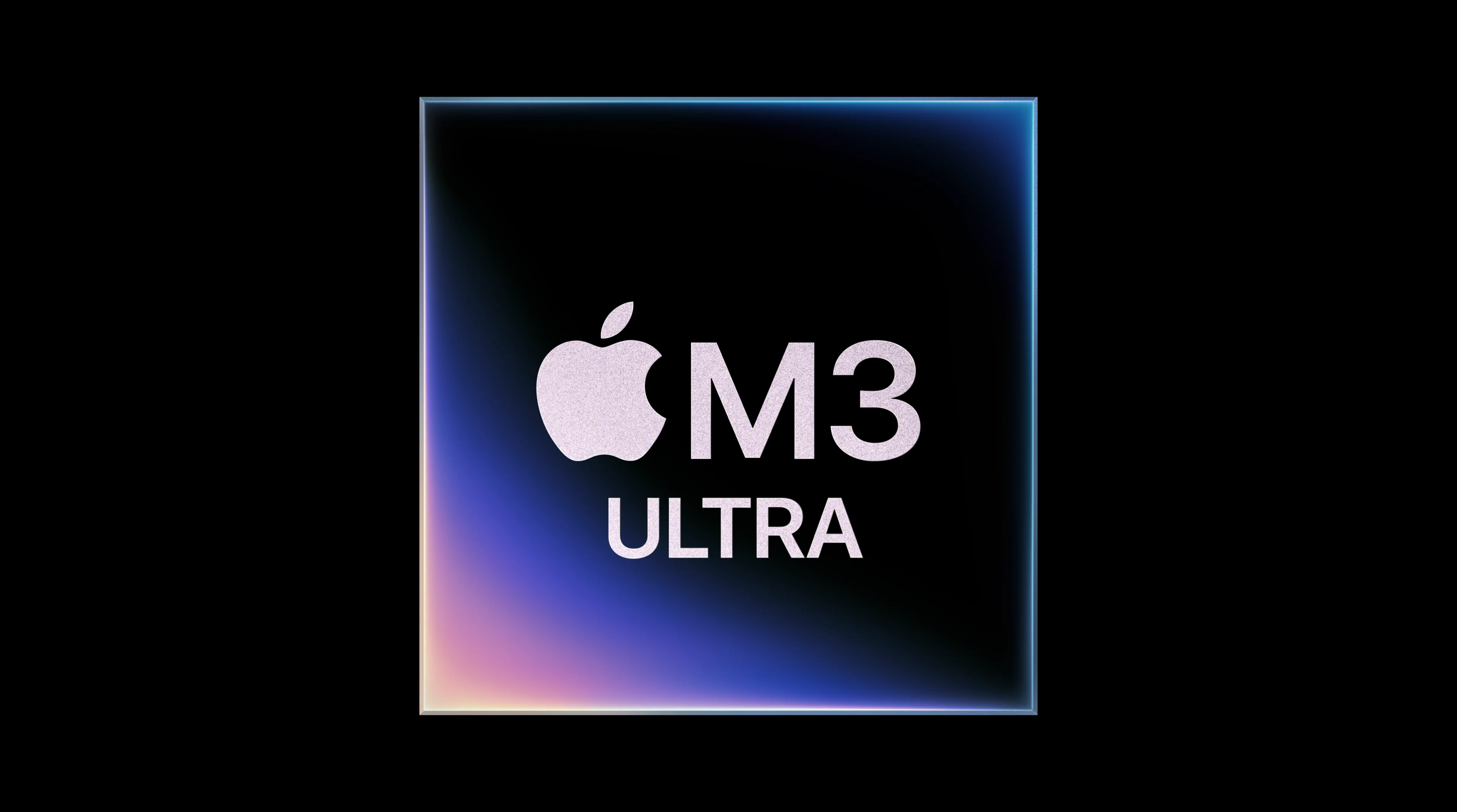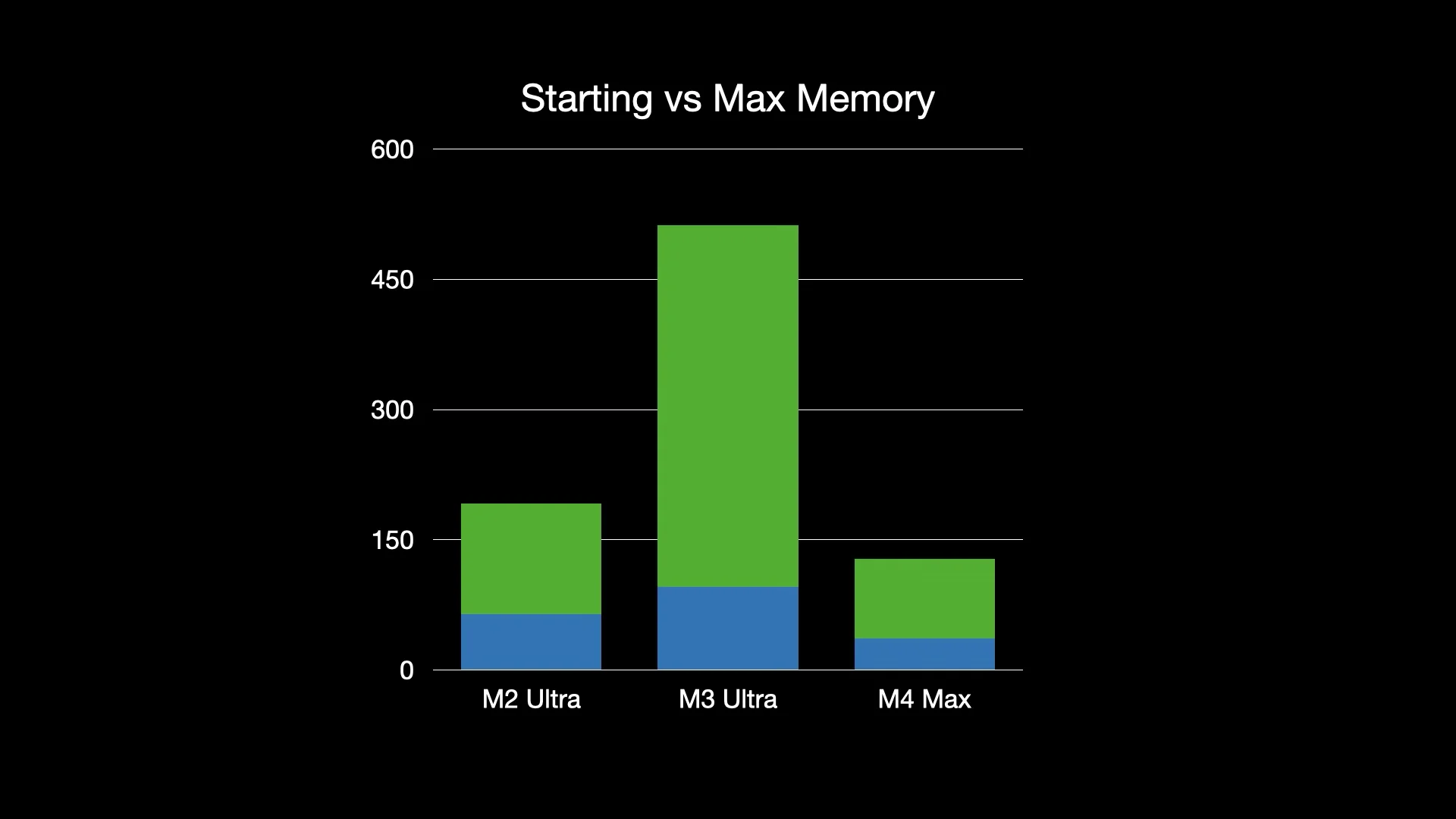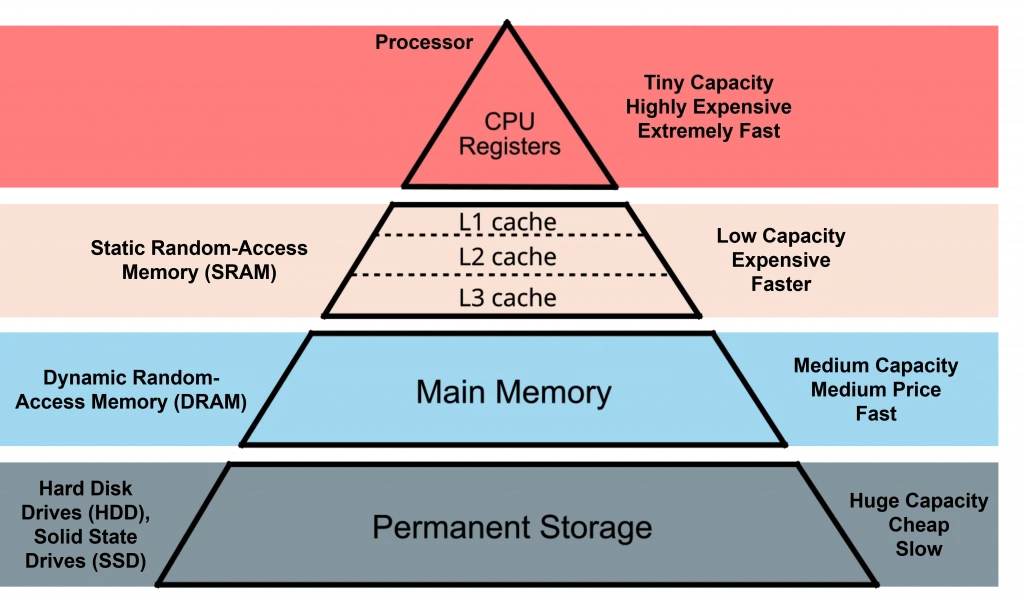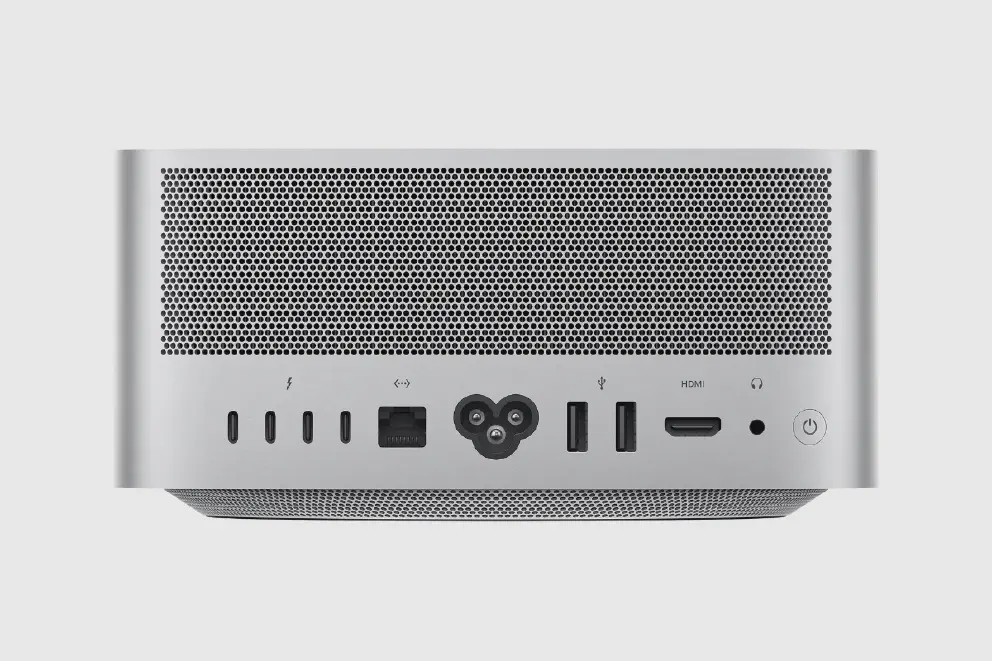WWDC 2025 is upon us we would expect new hardware from Apple soon. But, somehow, you can still buy a Mac with an M2 Ultra, which was first introduced in 2023. Two years is a very long time in the computer industry, where almost every week, you would hear a new JavaScript framework, a new advancement in AI, and a new breakthrough in computer science. Why does Apple still use M2 Ultra and M3 Ultra, chips that are based on older architecture, in its top-of-the-line Macs?
Why still on M2 and M3 ??

In a nutshell: memory support. While the M4 Pro is good enough for almost every computer user, the M4 Max is designed for professionals. And for the most part, 128GB memory support is more than sufficient for most professionals. However, there are a select few who demand and would use a huge dataset, and 128GB of internal memory is just cutting it.

Enter the Ultra variant. Even on the M2 Ultra, you can have up to 192 GB of memory. And in the M3 Ultra, there is a staggering 512GB memory support. The memory itself costs around $4,000 to purchase, which does not include the chip upgrade that you’ll need to make just to get the privilege of having the option to select 512GB of memory. Furthermore, the memory chips are not designed to be user-upgradable. So whatever choices you made upfront, you will be stuck with that.
Another reason is bandwidth, more specifically, memory bandwidth. The M2 Ultra and M3 Ultra have around 800GB/s of memory bandwidth, while the M4 Max can only handle just over 500GB/s of memory bandwidth. With huge datasets, and some going over the same dataset over and over, those differences do add up over time.
And the final decision is money. Setting up a chip production line is not cheap. Apple reportedly spent billions of dollars building up a production line for each generation of Apple Silicon, since each generation uses a different manufacturing process. With the M3 generation having been in the market for over 2 years, Apple would certainly recoup its investment on the M3 generation. Retooling the current production from building M3 Pro and Max to M3 Ultra would not cost Apple too much since M3 Ultra is just two M3 Maxes stitched together. With the Ultra variant being a low-volume production, Apple would not be interested in building M4 Ultra when there is a higher chance of selling more M4 Maxes.
Is CPU not that important?
When manufacturers release a newer computer, most of them will highlight how the latest generation of chips is faster than the last generation by X percent. Usually, X goes between 10 to 20 percent. What is not often talked about is how efficient the memory structure is, or how well the chip completes multiple tasks at once. Those things are very hard to market and hence, are usually not given a spotlight.

The formula computing companies like to use is that this processor has a higher clock speed, so it can do things faster. This was true for a number of decades, but since the mid-2010s, processors are not getting any faster. The latest trick is to pump more cores into a given CPU so you can complete multiple jobs faster.
But for some work, the CPU is not the end-all. Work that requires a huge dataset, like running an AI neural network, depends more on the amount of working memory a computer has than on how fast the CPU goes. This also applies to rendering a scene where the CPU is not important, but the GPU is. So, a slower chip like the M3 Ultra can still outperform a faster chip like the M4 Max because the M3 Ultra has more GPU and memory.
Plug
Support this free website by visiting my Amazon affiliate links. Any purchase you make will give me a cut without any extra cost to you
| Base | Pro | |
|---|---|---|
| iPhones | iPhone 16 / iPhone 16 Plus - (Amazon) | iPhone 17 Pro / iPhone 17 Pro Max - (Amazon) |
| iPhone Accessories | Find them at Amazon | |
| Watch | Apple Watch SE (Amazon) / Apple Watch Series 11 | Apple Watch Ultra 3 (Amazon) |
| AirPods | AirPods 4 (Amazon) | AirPods Pro 3 (Amazon) / AirPods Max (Amazon) |
| iPad | iPad 10 (Amazon) / iPad Mini (Amazon) | iPad Air M3 (Amazon) / iPad Pro M5 (Amazon) |
| Laptops | MacBook Air M3 (Amazon) | MacBook Pro M5 (Amazon) / MacBook Pro M4 Pro/ M4 Max (Amazon) |
| Desktop | Mac Mini M4 / M4 Pro (Amazon) / iMac M4 (Amazon) | Mac Studio / Mac Pro |
| Displays | Studio Display (Amazon) | Pro Display XDR (Amazon) |
Other Ecosystem Items
